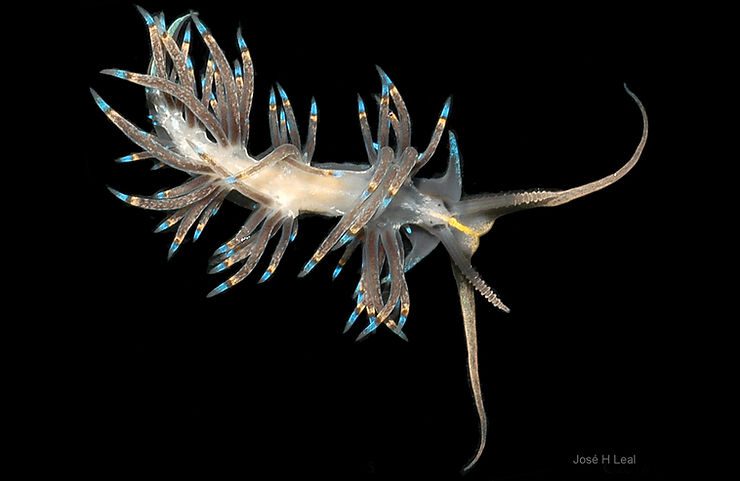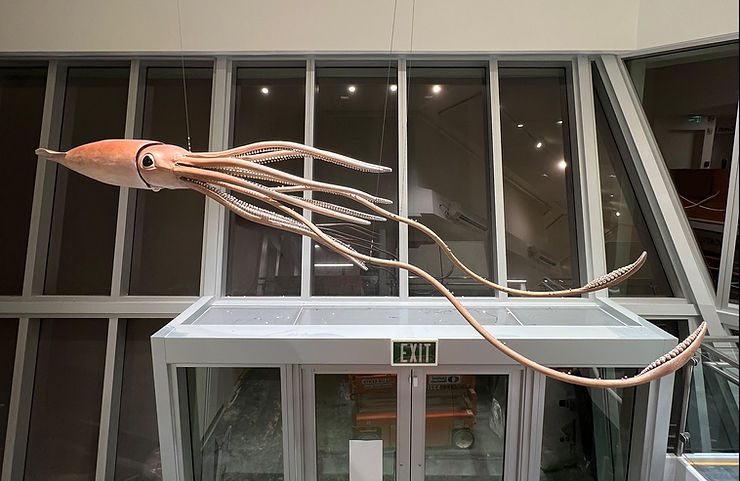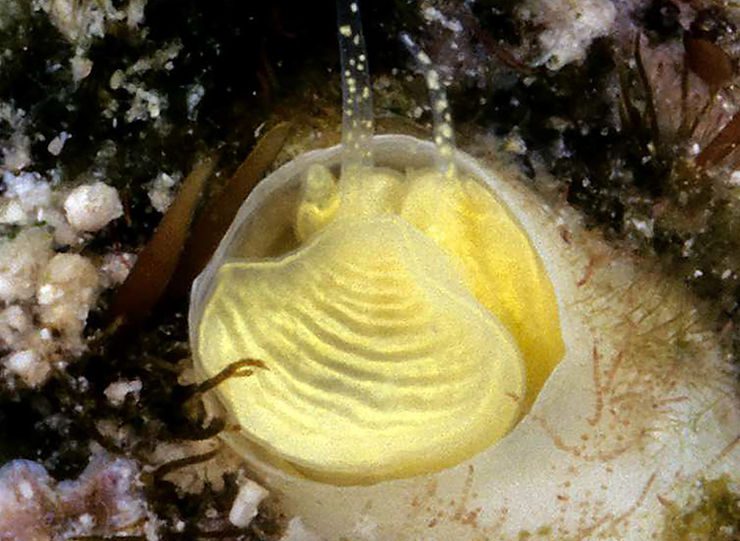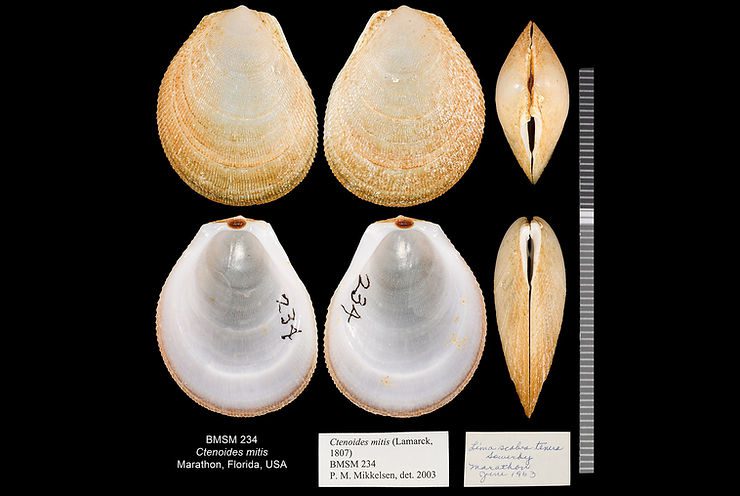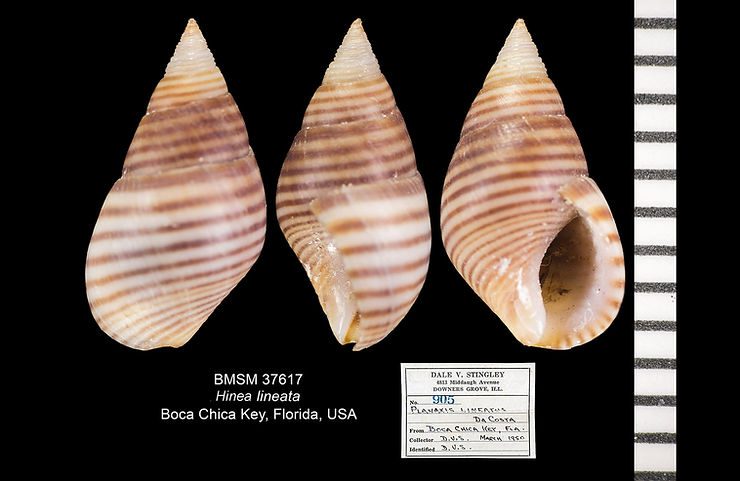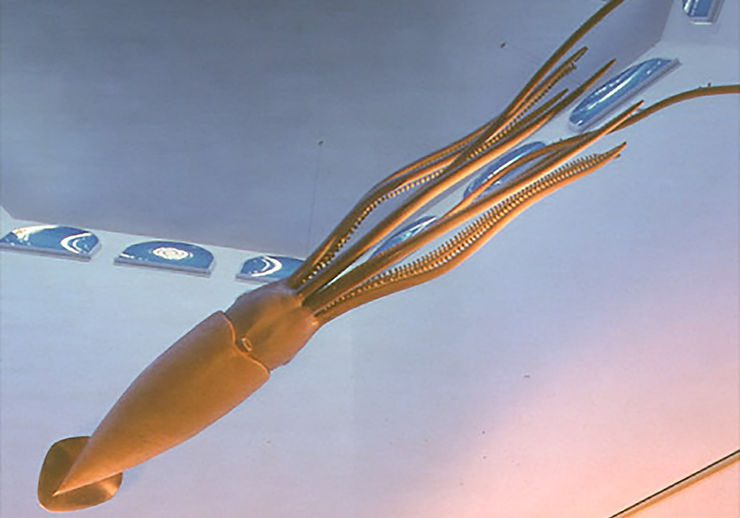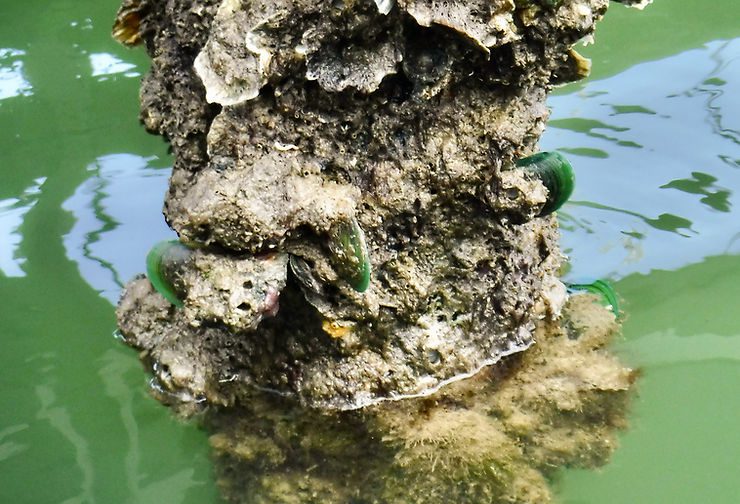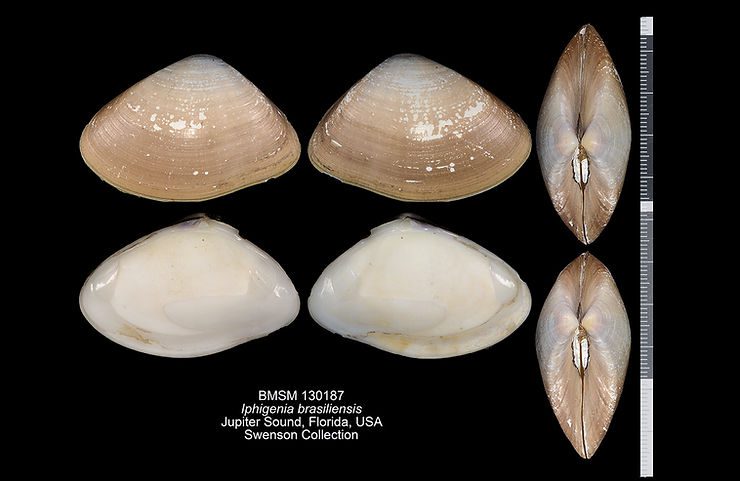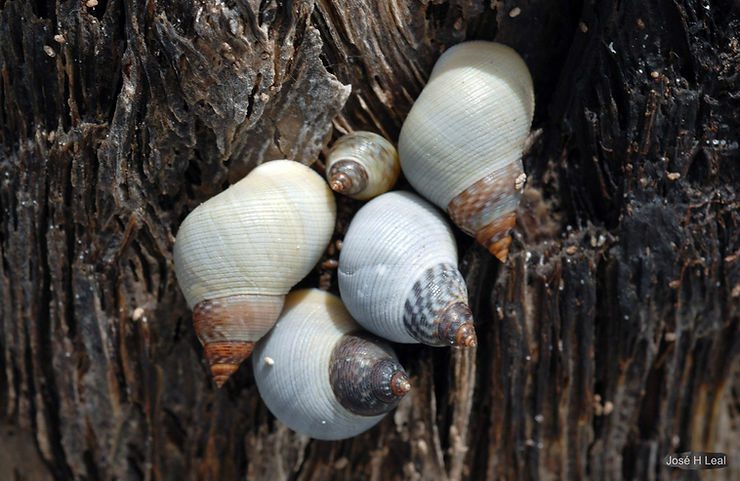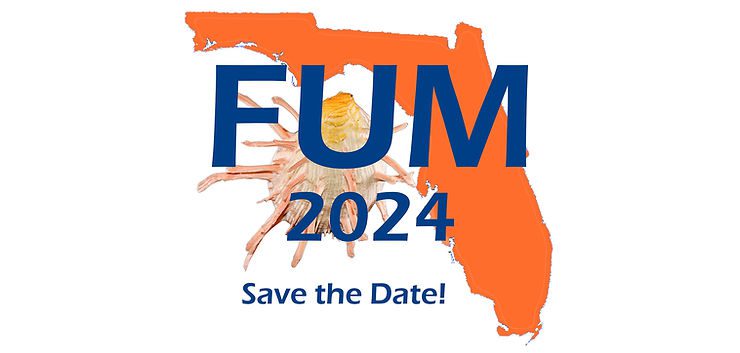
Florida United Malacologists 2024
Save the Date! The next meeting of Florida United Malacologists (FUM) will take place on Sanibel Island, Florida, on Saturday, April 13, 2024. The one-day gathering brings together researchers, collectors, students, citizen scientists, and enthusiasts interested in a broad range of mollusk-related topics. The event is free for registrants, but you must be registered to attend. Registration will start on January 1st, 2024. Read more about previous FUM events here. We hope to see you at FUM 2024!
